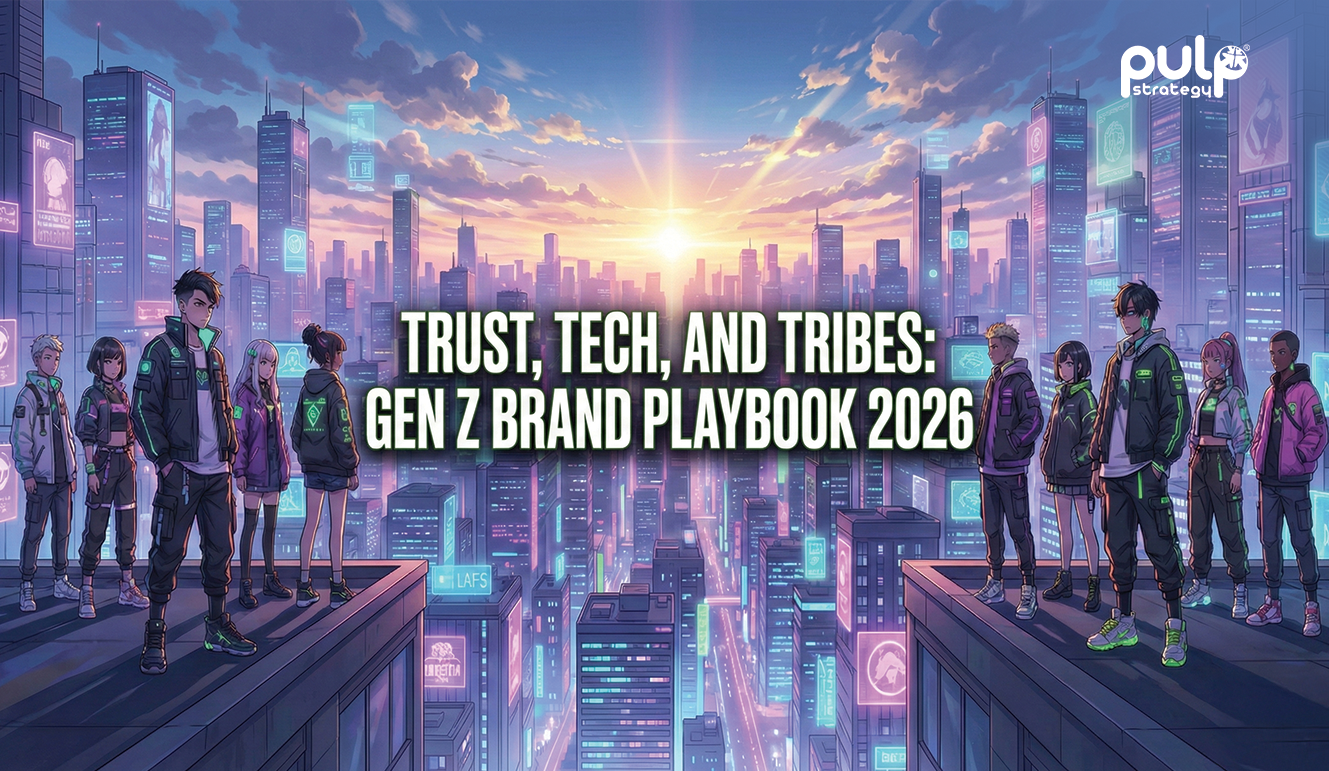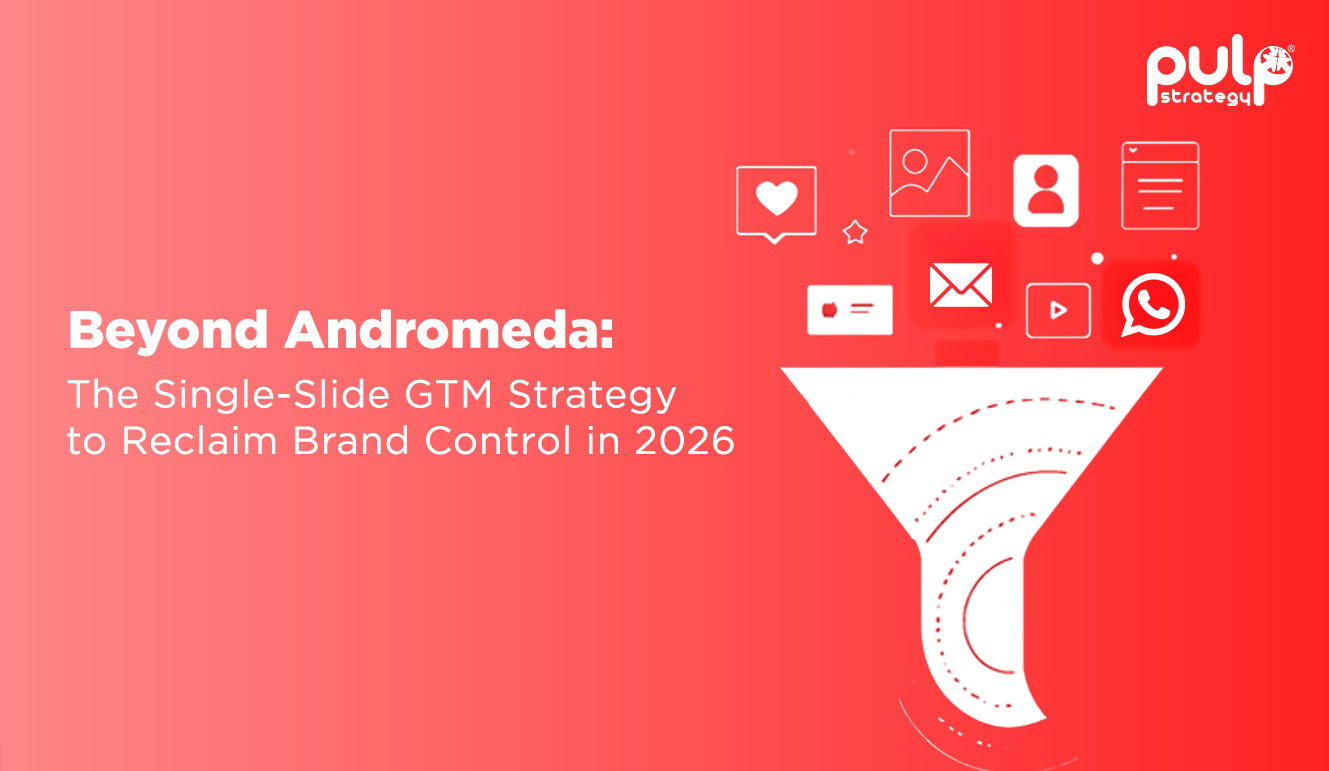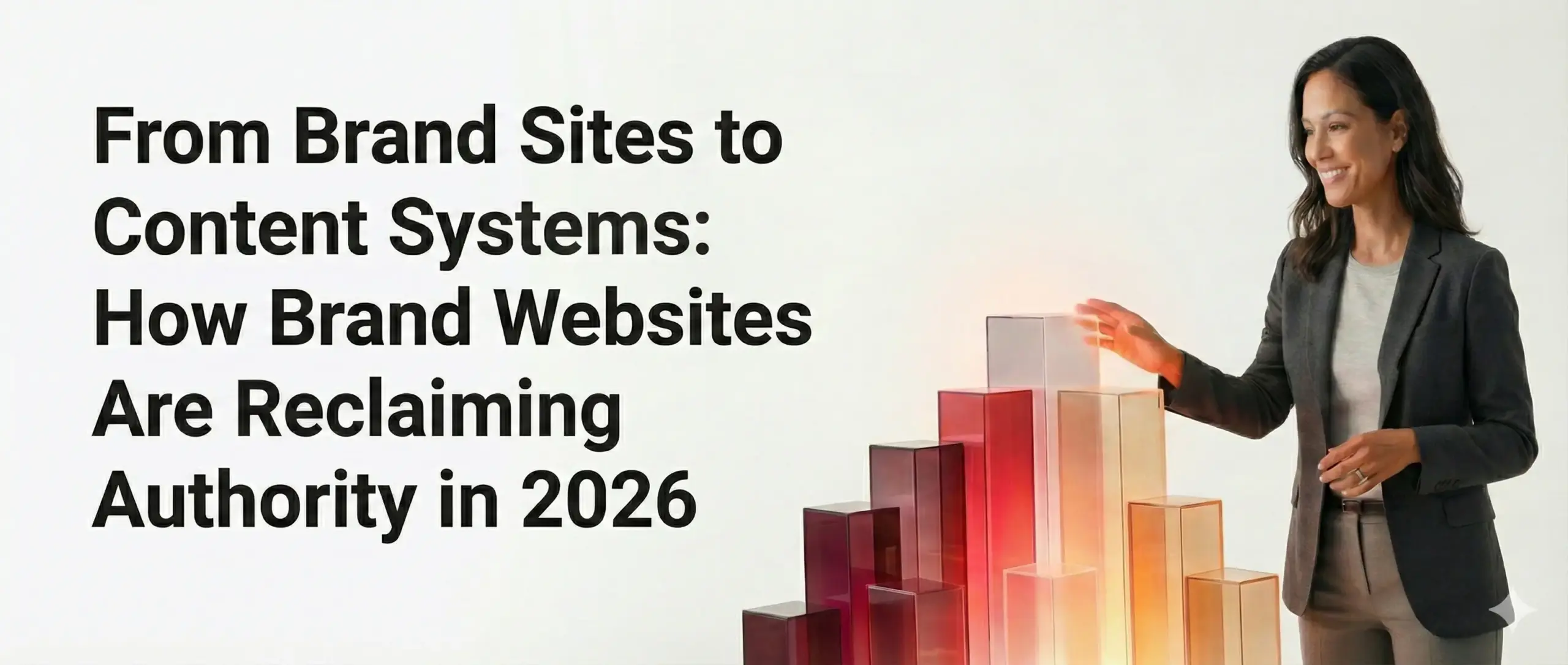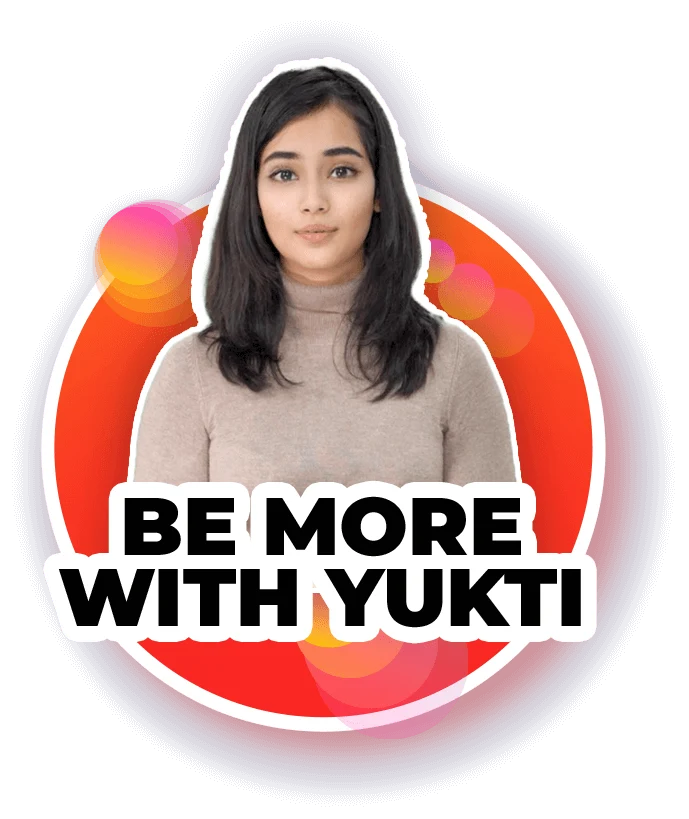Do you believe nostalgia plays a significant role in marketing? Is nostalgia marketing a way to make people feel something special about a product or brand? Is nostalgia a powerful tool in marketing communication today?
Introduction
Nostalgia marketing has gained significant traction in recent years. It can be a powerful tool for brands looking to connect with consumers on an emotional level. Nostalgia is the feeling of longing for the past, and when used effectively, it can evoke positive emotions, build trust, and create a sense of familiarity with a brand.
What is Nostalgia Marketing?
Nostalgia marketing is a marketing strategy that leverages feelings of nostalgia, a sentimental longing or affection for the past, to create emotional connections with consumers. It involves tapping into the memories, cultural references, and experiences associated with a specific time, era, or historical context to promote products, services, or brands. The goal of nostalgia marketing is to evoke positive emotions, trigger fond memories, and build a sense of familiarity with a brand or product, ultimately driving consumer engagement and loyalty.
Why is it gaining popularity?
Nostalgia marketing resonates with consumers' desire for a sense of comfort, familiarity, and emotional connection in an ever-changing world. The rapid growth of nostalgia in popular culture and marketing highlights its enduring appeal as a powerful emotional driver. Brands and content creators have recognized its potential to create connections, trigger memories, and evoke positive emotions, making it a prominent and continually evolving trend.
Power of Nostalgia Marketing
Brands must understand their target audience and the specific nostalgic elements that resonate with them. An inauthentic attempt at nostalgia can backfire and harm a brand's reputation. When executed correctly, though, nostalgia marketing has the potential to create a lasting and positive impact on a brand's image and bottom line.
Emotional connection: Nostalgia marketing taps into consumers' emotions by evoking positive memories and feelings associated with the past. This emotional bond can result in a heightened level of brand loyalty and engagement.
Comfort and familiarity: Nostalgic elements can make consumers feel comfortable and at ease. In a rapidly changing world, people often seek solace in the familiar. Nostalgic products or experiences provide a sense of security and a return to simpler times, which can be exciting for consumers.
Targeted demographics: As demographics shift, younger generations are becoming the primary consumer base. Brands have recognized that younger consumers have a strong interest in retro and vintage aesthetics, making nostalgia marketing a way to resonate with this demographic.
Storytelling and narrative: Nostalgia marketing provides a rich narrative opportunity for brands. They can tell stories that connect their current products or services with the past, creating a compelling and engaging narrative that resonates with consumers.
Differentiation: In a crowded marketplace, nostalgia can help a brand stand out. By tapping into a unique aspect of the past or reviving a classic product or design, brands can differentiate themselves from competitors.
Social media and sharing: Nostalgic content are highly shareable on social media platforms. People enjoy reminiscing about the past and sharing memories, making it easier for brands to generate word-of-mouth and viral marketing through nostalgic campaigns.
Cross-generational appeal: Nostalgia is not limited to one generation. It can resonate with multiple age groups. Brands that use nostalgia can appeal to both older consumers who have direct memories of a certain era and younger consumers who are drawn to the cultural references and aesthetics of the past.
Reviving and rebranding: Brands can breathe new life into old products or revamp their image by using nostalgia. This can be a cost-effective way to rebrand without starting from scratch.
Collectibles and limited editions: Creating limited edition products or collectibles that harken back to the past can drive excitement and sales among both existing and new customers.
Cultural trends: Nostalgia often aligns with broader cultural trends. For example, vintage fashion or retro aesthetics were popular in the fashion and design world. Brands that tap into these trends can benefit from the larger cultural movement.
Building Communities through Nostalgia
Nostalgia can serve as a unifying force that brings together like-minded individuals who share a common appreciation for a brand's nostalgic elements. Building a community around nostalgia requires authenticity, a genuine understanding of the target audience, and a commitment to creating meaningful connections that go beyond simple marketing tactics. When executed effectively, nostalgia-based community building can lead to long-term brand loyalty and advocacy.
Encouraging users to share their own nostalgic stories and experiences related to the brand can be a powerful way to foster engagement, build a sense of community, and create authentic connections with your audience. Authenticity is key when encouraging user-generated content. Ensure that your brand genuinely values and appreciates the stories and experiences shared by your community. By nurturing this sense of connection and nostalgia, you can build a loyal and engaged customer base.
User-generated content (UGC) can be a potent tool for extending the reach of nostalgia-themed campaigns. To harness the power of UGC in nostalgia-themed campaigns effectively, it's important to encourage and incentivize users to participate, provide clear guidelines, and actively engage with and promote the UGC shared by your community. By fostering a supportive and enthusiastic community around nostalgia, your brand can benefit from the extended reach and lasting impact of user-generated content.
Conclusion
Nostalgia marketing is undoubtedly a powerful tool for brands seeking to connect with their audience and build emotional connections. By using nostalgia thoughtfully and authentically, brands can differentiate themselves from competitors, create engaging narratives, and build lasting loyalty with customers. With the help of Pulp Strategy, you can create a unique nostalgia marketing experience that will likely keep your brand in the hearts of loyal customers.









